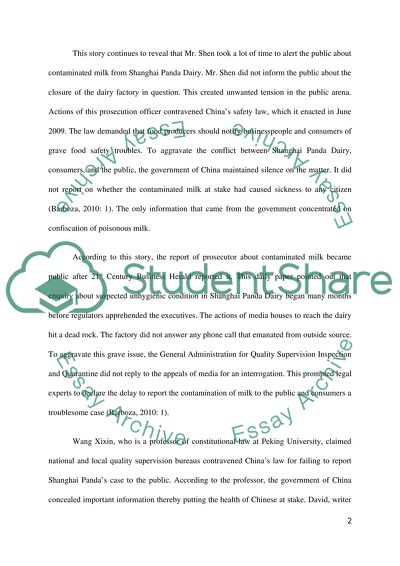Cite this document
(“China Admits New Tainted-Milk Case is Older Essay”, n.d.)
China Admits New Tainted-Milk Case is Older Essay. Retrieved from https://studentshare.org/journalism-communication/1452894-media-uses
China Admits New Tainted-Milk Case is Older Essay. Retrieved from https://studentshare.org/journalism-communication/1452894-media-uses
(China Admits New Tainted-Milk Case Is Older Essay)
China Admits New Tainted-Milk Case Is Older Essay. https://studentshare.org/journalism-communication/1452894-media-uses.
China Admits New Tainted-Milk Case Is Older Essay. https://studentshare.org/journalism-communication/1452894-media-uses.
“China Admits New Tainted-Milk Case Is Older Essay”, n.d. https://studentshare.org/journalism-communication/1452894-media-uses.


